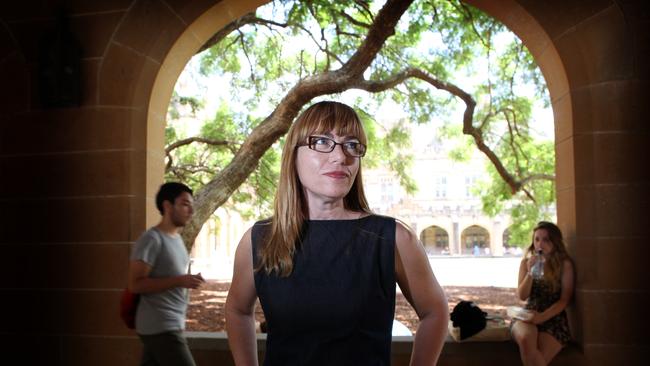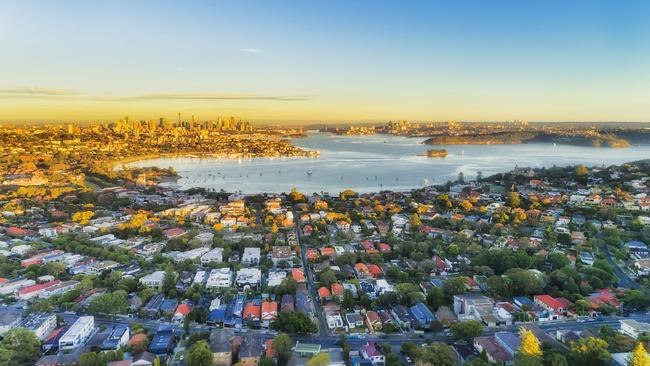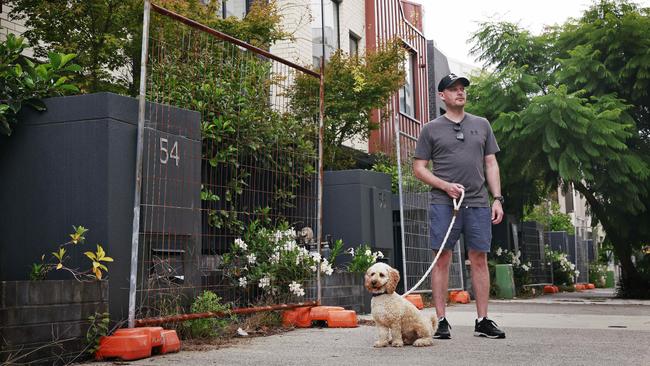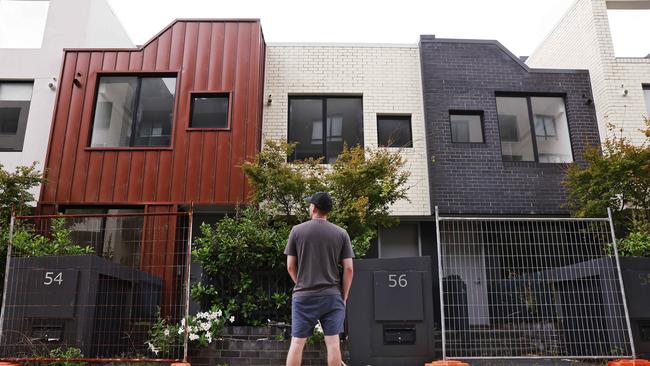Sydney housing crisis: ABS data reveals 43,000 inactive dwellings across NSW
A shocking number of ghost homes are sitting “inactive” as the state is crippled by a housing crisis. With more than 22,000 vacant houses in Sydney alone, we reveal how many empty dwellings are in every community across the state.
Local
Don't miss out on the headlines from Local. Followed categories will be added to My News.
Tens of thousands of ‘ghost homes’ have been uncovered across NSW, with new data showing 22,000 dwellings sitting vacant in Greater Sydney alone.
With NSW gripped in a housing supply crisis, the Sunday Telegraph can reveal there were 43,183 ‘inactive’, vacant homes identified across the state in August last year.
The shock statistics revealed hotspots across Sydney and greater NSW, where the highest number of inactive dwellings were reported in the state electorate of Sydney, with 1757 homes reported vacant.
The electorate of Heffron, in Sydney’s inner south, was reported to have 1201 inactive homes.
While the Parramatta community reported 1081 vacant homes.
The electorate of Newtown is reported to have 1044 wasted properties sitting idle, while Balmain had a further 809 homes identified. Sydney’s North Shore electorate was reported to have 775 homes sitting vacant, followed by Strathfield with 682 homes recorded.
University of Sydney urban planner and policy analyst, Professor Nicole Gurran, said the data showed an “incremental increase” in vacancy rates across the state.
This data really shows that we don’t have a housing shortage, we have a shortage of affordable homes and a distorted distribution of housing,” Prof. Gurran said.
“There is an abundance of homes for wealthy people pricing others out of the market, buying their second or third home, but a real shortage of homes for those on lesser salaries.”

The chair of Urbanism at USYD said NSW was “falling behind when it comes to government intervention in the housing market”.
“Most other countries have a much higher level of government-funded housing, Australia is falling beneath countries like the United States,” she said.
“These numbers also show that the vacancy rate is growing slightly due to short-term holiday rentals, investment properties and second homes, renovations, newly-completed homes, totally unoccupied dwellings and new housing stock.”
Social demographer, Mark McCrindle said the inactive dwelling figures were “surprising and far more accurate than anything produced before”.
“That figure of 43,000 inactive dwellings is surprising, as is communities with the highest numbers of vacant homes,” Mr McCrindle told the Sunday Telegraph.
If the suburbs showing higher unoccupied dwellings were in holiday hotspots it would be more understandable, but this data shows actual vacant homes in population centres around our Sydney CBD.
“That is where it is hard to explain away why they are vacant when they shouldn’t be.”
Mr McCrindle said the multi-agency investigation was “data analysis at its best”, and highlighted issues within the state’s housing stock “which need to be addressed”.

The shocking statistics, published by the Australian Bureau of Statistics in September as part of the multi-agency data integration project, were cross-referenced with inactive dwelling data from the 2021 Census, data from the Australian Taxation Office and government agencies including Education, Health and Aged Care, Social Services, Services Australia and Home Affairs.
Individual household electricity data was also measured as part of the ABS multi-agency data integration project.
Residential rental vacancy rates have plummeted to record lows in Sydney.
Across Greater Sydney the rental vacancy rate dropped to 1.1 per cent in January, with an estimated 9,100 properties available on the market, according to SQM Research data.
NSW Parliamentary Research Team findings found an additional 161,300 dwellings need to be built over the 2023-27 period to meet population growth.
However, at current build rates, nowhere near that number of homes is being created. And the number of homes required needs to more than double to 377,000 new builds between the 2024 and 2028 period to meet National Housing Accord requirements.

A NSW Planning spokeswoman confirmed it does not know how many newly-completed dwellings across NSW were awaiting occupancy certificates before they would enter the market.
A NSW Planning spokeswoman said a review of the state’s short-term rental accommodation framework was underway, in an effort to increase housing stock available to the market.
“We are currently reviewing the several hundred submissions and thousands of survey responses received to help inform our path forward,” she said.
The department spokeswoman confirmed it does not know how many newly-completed dwellings across NSW were awaiting occupancy certificates before they would enter the market.
GHOST HOMES IN PLAIN SIGHT
They’re the ghost homes of Sydney’s inner suburbs that have been left vacant for more than five years – but fed up mortgage and rental-stressed locals say they are desperate for answers over the fate of the vacant sites.
Two residential developments – one promising 30 apartments at 19 Gadigal Ave, Zetland and another a further 18 homes in Metters St, Erskineville – have laid dormant for half a decade after defects were uncovered just months apart.

In Zetland, fire safety defects and “extensive water damage” were discovered by City of Sydney Council in late 2018 at Gadigal Ave, sparking an evacuation of the site in the dead of night.
However, more than five years on, there is no end in sight for the state of purgatory the rundown apartment complex has been left in.
Meanwhile, property firm Golden Rain Development has submitted a new development application to allow for the subdivision of the ‘Honeycomb Terraces’ is Erskineville, years after they were ordered and failed to remediate the former Ashmore estate site of contaminated groundwater, heavy metals, hydrocarbons and asbestos.

Erskineville local, Dylan Forrest, who resides just metres from the vacant terrace homes, described the site a “ghost town”.
The 27-year-old said at a time when Sydney is facing a major housing crisis, vacant, defective homes were “a problem”.
“Everyone is feeling that pinch of rent rises, and (locals) aren’t happy at all about vacant homes.”
In a statement to surrounding residents, a City of Sydney representative said a “concrete slab and vapour barrier system has been installed beneath the Honeycomb Terraces to protect people from exposure to the polluted groundwater and soil vapour”.


The remediation work sparked another development application, currently open for public submission, which would allow residents to being moving into the long-vacant site.
“If the application is approved, the owners corporation will be responsible for ensuring the integrity and function of the internal and external ground floor concrete slabs that protect the system,” the statement said.
“We understand this has been an incredibly frustrating experience for the purchasers of these units and terraces.
“We’re aiming for a solution that doesn’t negatively impact future residents and the public for many years to come.
We’ll continue to work with the developer until we’re satisfied it has taken all necessary steps to ensure the site is suitable for purchasers to move in.”





